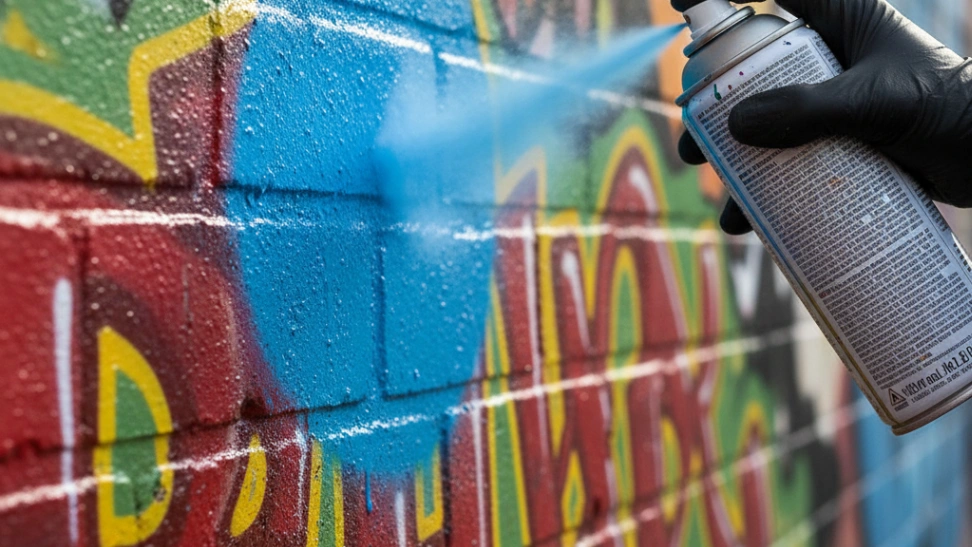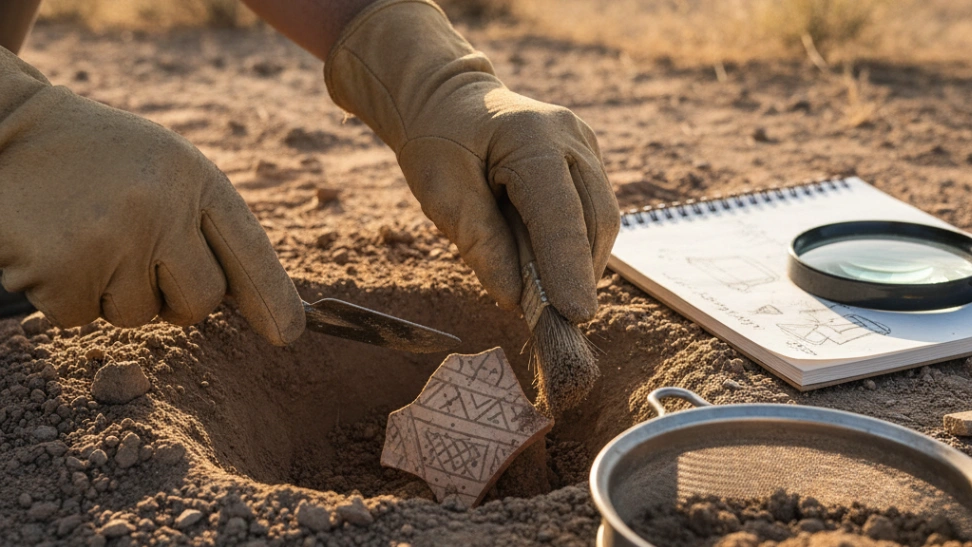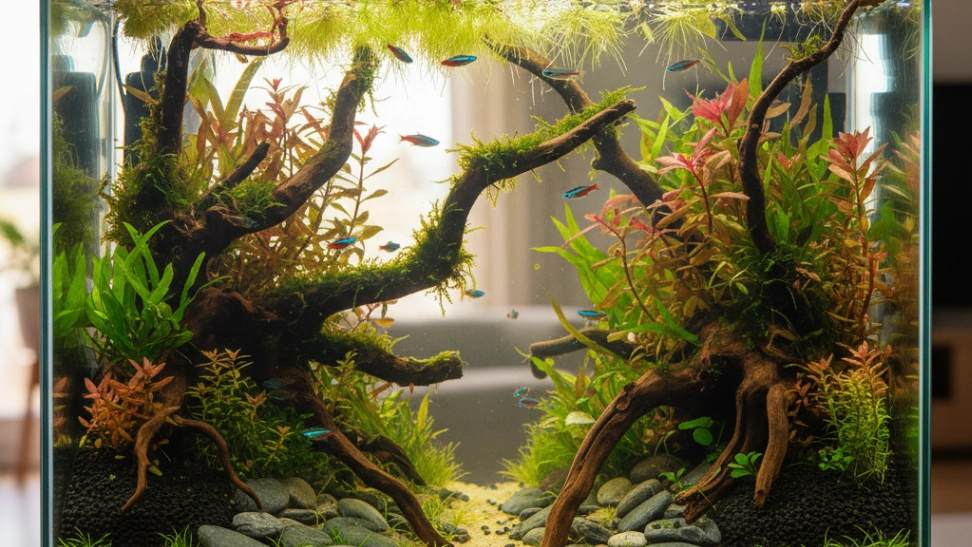Historically, the roots of modern graffiti can be traced back to ancient civilizations, but its contemporary form emerged prominently in the late 1960s and early 1970s in Philadelphia and New York City. Initially, it was a subcultural phenomenon, primarily involving teenagers who would "tag" their names (or pseudonyms) on subway cars and city walls. Figures like TAKI 183 and JULIO 204 are often cited as pioneers, whose simple yet ubiquitous signatures sparked a movement. As the practice evolved, so did the complexity and artistry. Artists began developing elaborate letter styles, incorporating vivid colors and intricate designs, moving beyond simple tags to "throw-ups" and then full "pieces" (masterpieces). The subway lines became rolling canvases, visible throughout the city, inadvertently spreading the art form and its culture. This period saw the rise of legendary crews and individual artists who pushed the boundaries of aerosol art, turning a rebellious act into a legitimate, albeit often illicit, artistic movement. Despite its controversial origins and association with vandalism, graffiti art gradually gained recognition in mainstream art circles, influencing fashion, graphic design, and contemporary art, moving from the streets into galleries and museums while still maintaining its raw, street-level energy.
Developing skills in graffiti art requires dedication to mastering a unique set of artistic techniques. It begins with fundamental drawing and lettering skills, often practiced extensively in sketchbooks, known as "black books" or "pieces books." Understanding the mechanics of spray paint – different caps for various line weights, pressure control, and layering techniques – is crucial. Artists learn to create crisp outlines, smooth fades, and vibrant color blends. Styles vary widely, from the fluid, legible "bubble style" to the highly complex and interwoven "wildstyle," which can be almost illegible to the untrained eye. Character development, perspective, and composition are also vital elements, especially for larger murals or complex scenes. Many artists spend years honing their unique "handstyle" (signature lettering) and developing a distinctive artistic voice that sets their work apart. The tactile experience of working with large-scale canvases and the immediacy of spray paint demand a different approach than traditional mediums, fostering a unique problem-solving mindset.
The graffiti community, while often clandestine due to legal implications, is vibrant and interconnected. Artists often form "crews" for camaraderie, mutual support, and collaborative projects. There's a strong emphasis on originality, respect for artistic lineage, and pushing creative boundaries. While competitive, especially in the early days, the community also shares techniques, history, and inspiration. Legal walls and commissioned murals have become increasingly common, providing spaces where artists can create openly without fear of legal repercussions, allowing the art to be appreciated by a wider audience and fostering positive community engagement. These spaces are crucial for new artists to practice and for experienced artists to experiment with larger, more ambitious works. The dialogue within the community often revolves around style, technique, and the message conveyed, reflecting a deeply passionate and committed artistic collective that continues to evolve.
Engaging in graffiti art requires an understanding of its legal and ethical dimensions. While the art form is visually striking and culturally significant, unauthorized graffiti on private or public property is considered vandalism and carries legal consequences. Therefore, aspiring graffiti artists must actively seek out legal avenues for practice and expression. This includes obtaining permission from property owners, participating in community art projects, or working on designated "free walls" or art parks. Many cities and organizations now recognize the cultural value of graffiti and street art, providing opportunities for artists to create legally and contribute positively to urban aesthetics. Respect for the environment and the property of others is paramount, ensuring that the pursuit of artistic passion does not infringe upon the rights or well-being of the community. Responsible practice allows artists to develop their craft, gain recognition, and contribute to the rich tapestry of public art without negative impact.



